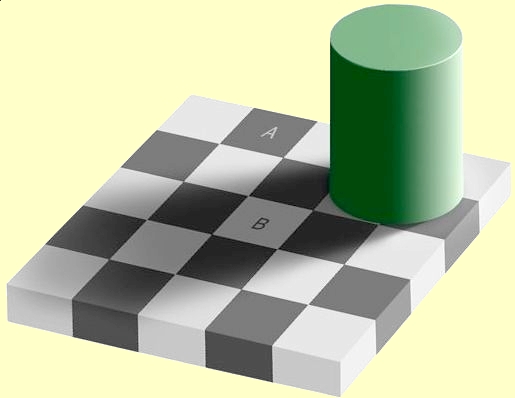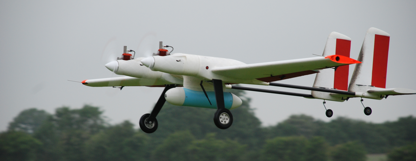Presentation by Professor Jim Scanlan
Computational engineering plays a huge role in aerospace design nowadays. For comparison, in the 1970s it was the job of a large number of draughtsmen to draw up the designs on paper which made changes to the design a really laborious task, whereas current designs are 100% digital models that can be easily updated and used to mathematically optimise trade-offs such as weight versus strength. These models can also be used to conduct an automated search for the best solution which are sometimes counter-intuitive unless viewed in the correct context. Professor Jim Scanlan provided a simple optical illusion to demonstrate this: in the image below the squares labeled A and B are identical in colour.

This demonstration was put in context by showing an image of the Airbus A380’s optimised leading-edge box which contains struts which were not straight lines, i.e. a structural engineers worst nightmare!
The second half of the seminar focused on the University of Southampton’s existing autonomous systems and the particular challenges of autonomous systems.
The University currently has several autonomous projects ranging from stratospheric science (ASTRA) to maritime protection (2Seas). Professor Jim Scanlan stated that most these projects are making use of 3D printing to create multifunctional complex parts. The project MAVIS was given as an example.

The major challenge to overcome with autonomous systems is recreating the incredibly large bandwidth representing the human’s senses. Not only this, but also autonomously processing and acting on the data produced. Finally, to make things a little harder, this all needs to be achieved without reducing the systems reliability.
Posted by Robert Entwistle
